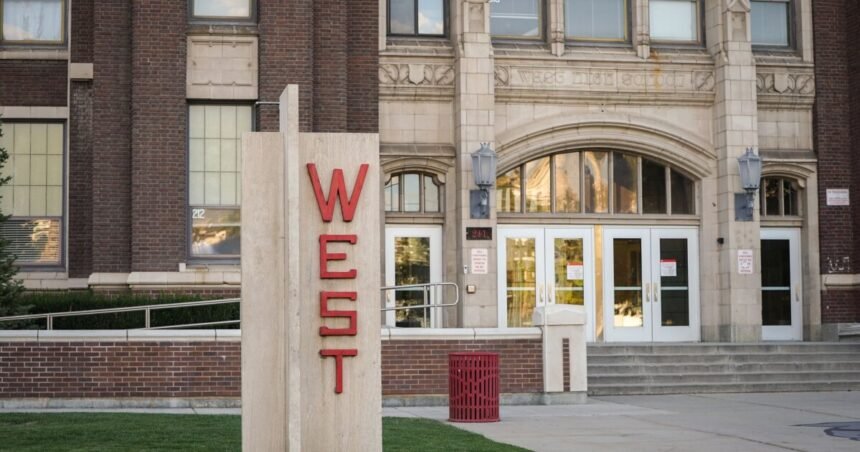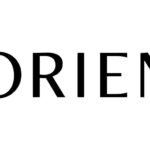The Salt Lake City School District is asking voters to approve a $730 million general obligation bond.
“It’s the first time we’ve gone out for bond in 25 years,” said district spokesperson Yándary Chatwin.
“So it’s not something we take lightly, and we only do it when we really need to. But we have two high schools that need to be rebuilt.”
Those include West High School and Highland High School. West was built in 1922 and Highland in 1955. The buildings, Chatwin said, have served the district well, but added they’ve “well exceeded their life expectancy.”Overall, she said, they’re just not equipped for 21st-century learning.
If voters approve the bond, the district said Salt Lake City homeowners can expect to see their property taxes go up $38.33 per year or $3.19 per month for every $100,000 in home value. At a median home value of $576,000, an owner would pay an additional $220.80 annually.
Before putting the bond question on the November ballot, the district hired two architecture firms to determine whether it was feasible to rebuild each school and how much it would cost. There are four options on the table for West High, which range from fully demolishing the building to preserving part of it. Depending on the option, students could have to learn in portable classrooms for several years. Two options have been proposed for Highland High and neither would displace students.
Regardless of which designs are chosen for the schools, Chatwin said the district promises to follow best practices for school safety and flexible spaces in classrooms that are best suited to modern learning.
While some community members hoped for the district to focus on building a new high school on the west side of the city, a report commissioned by the district earlier this year said it’s probably not feasible.
While most of the bond money would go toward rebuilding West and Highland, part of it would also pay for sustainability projects.
In 2020, the district’s school board passed a resolution to use 100% renewable electricity by 2030 and be completely carbon neutral by 2040. The district said it is 22% of the way toward its goals but it could reach 70% with the bond. That money would be used to add solar panels as well as hybrid electric heat pumps and controls at several schools. The hybrid model means schools would still have gas heating to use as a backup on cold days.
Greg Libecci, the district’s energy and sustainability program manager, said it would take longer and be more expensive for the district to meet its goals without the bond. It would also mean taking money away from other projects.
“If this came in as an infusion, it would expedite it and potentially even make it possible,” Libecci said.
Another project the bond money would be used for is building an athletic fieldhouse at East High School.
The Utah Taxpayers Association opposes the bond because it argues the costs are too expensive and some of the projects, like the fieldhouse, are unnecessary.
Chatwin understands those who are concerned about the cost,, especially with other things getting more expensive or other entities asking for bonds. The proposal gives the district permission to bond up to $730 million but if the projects end up being less than that, they won’t issue the full amount. Chatwin said the district also plans to refinance to get lower interest rates to save taxpayer money.
The district will hold one more open house about the bond proposal Oct. 23 from 6-8 p.m. at Highland High School.











